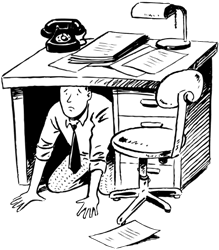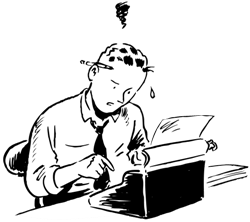Present Perfect
Progressive Tense
The Present Perfect Progressive is a very common tense in English. You should understand it, and know it well.
Click Here for Step-by-Step Rules, Stories and Exercises to Practice All English Tenses
What's next?
How do We Use the this Tense?
PERFECT here means "complete, finished".The Present Perfect Progressive is a form of the verb that shows the action started in the past and continued up until the present.
It does not mean the action is "perfect" (100%). It means the action is finished.
Here
are the
different usages of this tense:
-
An action that started in the past, and continued up until the present
- To show something was happening lately
Make sure you
also read:
An
action that started in the past,
and continued up until the present
(The verbs are
in bold)
She has been reading
for the last 2 hours.

He has been sitting under the desk for the last hour.

He has been talking on his mobile since he got here.

He has been working in our hotel since 2005.


They have been working hard, so now they want to party.

He feels sick because he has been drinking too much.

To
show something was happening
lately
Lately, she has been
playing really well.

She has been working a lot recently.

He has been having difficulty writing.

Recently, he has been getting into too much trouble.

I have been feeling better lately.

Examples
of
Typical Time Expressions
| Up to now |
Recently |
| for |
lately |
| since |
recently |
| all morning | |
| all day |

What's Next?
Get Updates, Special Offers, and English Resources
Download your FREE GIFT (the first two chapters of
English Short Stories Book and Workbook)
as soon as you join!

By submitting your email, you consent to receiving updates and newsletters from us and to the sharing of your personal data with third parties for the purposes of sending you communications. We will not spam you. You can unsubscribe at any time. For more information, please see our privacy policy.








